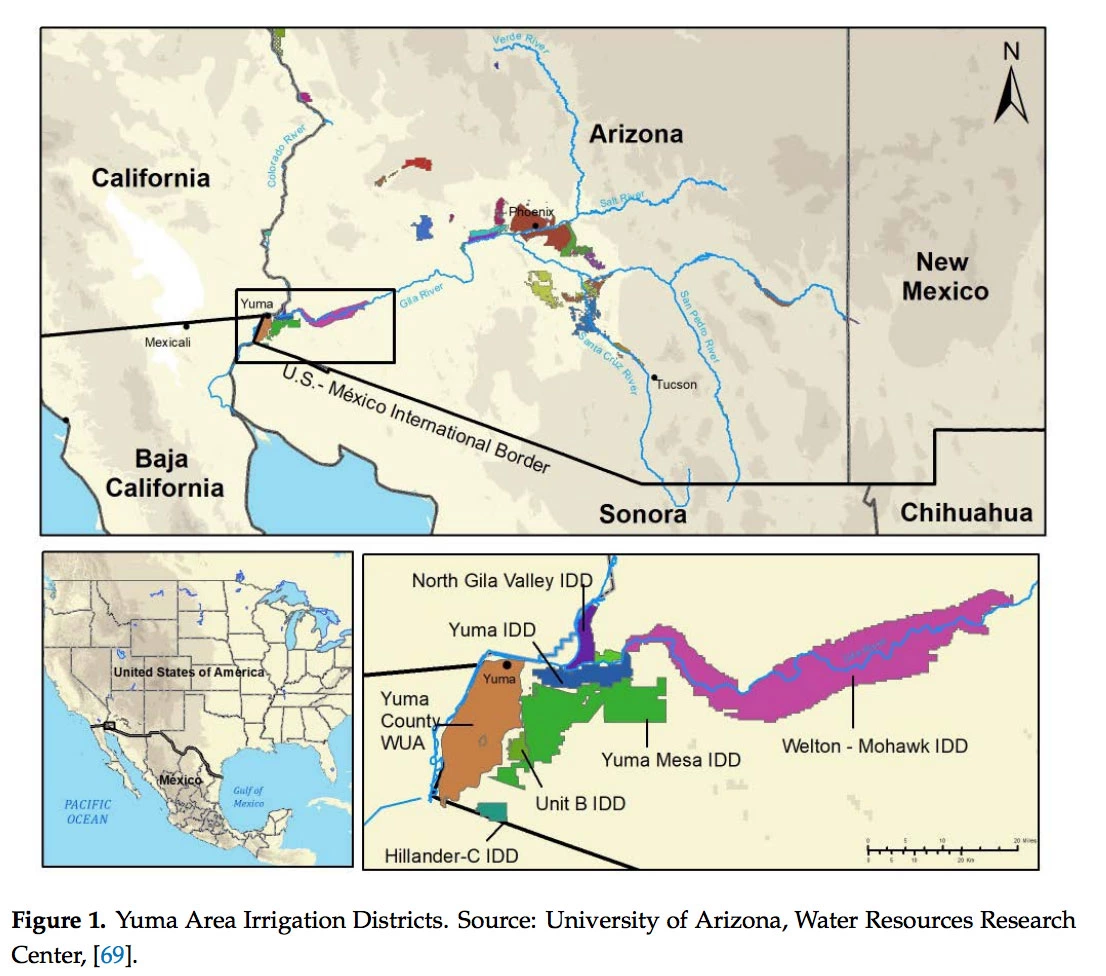
Many consider gravity-flow irrigation inefficient and deride its use. Yet, there are cases where gravity-flow irrigation can play an important role in highly productive and profitable agriculture. This perspective article reviews the literature on the profitability and efficiency of gravity systems. It then reviews the history of water management in Yuma, Arizona, which is one of the most productive agricultural areas in the United States. Through extensive changes in irrigation technologies, changes in production practices, and investments in irrigation infrastructure, Yuma agriculture dramatically shifted from perennial and summer-centric crop production to winter-centric, multi-crop systems that are focused on high-value vegetable crops. These innovations have led to improvement in various irrigation efficiency measures and overall water conservation. Return flows from the system, which were once characterized as an indicator of inefficiency, provide valuable environmental services to the Colorado River Delta ecosystem. Yuma’s history illustrates that innovative gravity-flow systems can be productive and water-conserving, and that a system-wide perspective is critical in evaluating irrigation systems.

